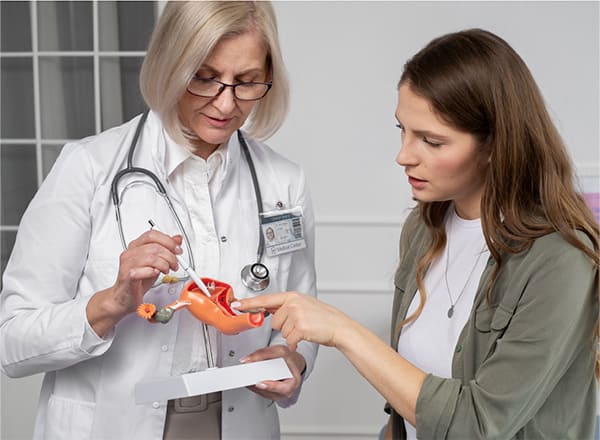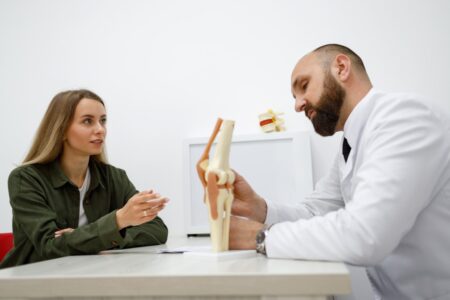Risk factors for persistence of specific high-risk HPVs
Friday 2 February 2024

Risk factors for type-specific persistence of high-risk human papillomavirus and residual/recurrent cervical intraepithelial neoplasia after surgical treatment.
Korea University College of Medicine, Republic of Korea.
Summary:
- Investigate risk factors for persistence of specific high-risk HPV genotypes.
- Examine for residual/recurrent CIN (cervical intraepithelial neoplasia) after surgery.
- To analyze persistence of certain HPV genotypes and persistence of CIN after surgical treatment in patients who underwent pre- and postoperative high-risk HPV genotyping.
The present study was conducted in South Korea, by the Korea University College of Medicine, aimed to investigate clinical and pathological risk factors for type-specific persistence of high-risk human papillomavirus (hrHPV) and residual/recurrent cervical intraepithelial neoplasia (CIN) after surgical treatment.

The target population included 398 adult women, in which a cervical swab sample was taken to analyze cytological changes and detect high-risk human papillomavirus (HPV) using the AnyplexTM KIT II HPV 28 Detection. In patients who tested positive for high-risk HPV and CIN2/3, retesting was performed after conization (surgery to remove a sample of abnormal tissue from the cervix) or LEEP (loop electrosurgical excision procedure).
The results obtained were as follows:
- Genotype 16 was the most prevalent (32.2%), followed by 52 (20.1%) and 58 (18.6%).
- After conization or LEEP, persistence of the same HPV genotype was found in 120 of the 398 patients.
- Persistence of infection with the same genotype was observed with HPV 53, 58 and 52. Genotypes 16 and 18 showed a lower persistence rate.
- Genotype 53 showed 83.7% co-infection with other high-risk HPV genotypes; whereas only 40.6% of patients infected with HPV 16 showed co-infection with other high-risk HPV genotypes.
- After conization, 38.7% of patients showed persistence of high-risk HPV genotypes.
- Residual/recurrent CIN2 was reported to occur in 15 patients (9.7%) with persistent high-risk HPV genotypes, but did not occur in patients without persistent infection.
- Human papillomavirus is more likely to persist in patients with CIN2 than in patients with CIN3.
- HPV with a viral copy number of 105 is associated with an increased persistence rate when monitored at 12 months.
- At follow-up, 14.3% of patients showed recurrent/residual CIN.
- Risk factors for residual/recurrent CIN or for CIN 2/3 after conization or LEEP were:
- Post-menopausal state
- Infection with multiple high-risk HPV types
- Higher viral load at baseline and 18 months after surgical treatment
- Initial NIC
- When the patient presented CIN 3 at baseline, it is associated as a risk factor for persistent or recurrent high-grade precancerous cervical lesions.
- CIN 2 is a risk factor for persistence of high-risk HPV.
Conclusions
Preoperative viral load and infection with multiple high-risk HPV types are important predictors of persistence of infection following conization. HPV 53 was the most persistent type, while HPV 16 infection was associated with the highest risk of residual/recurrent CIN-2/3. Postmenopausal women should be closely monitored because of their high risk of residual/recurrent CIN.
AnyplexTM II HPV28 Detection
https://www.ogscience.org/m/journal/view.php?number=8568



